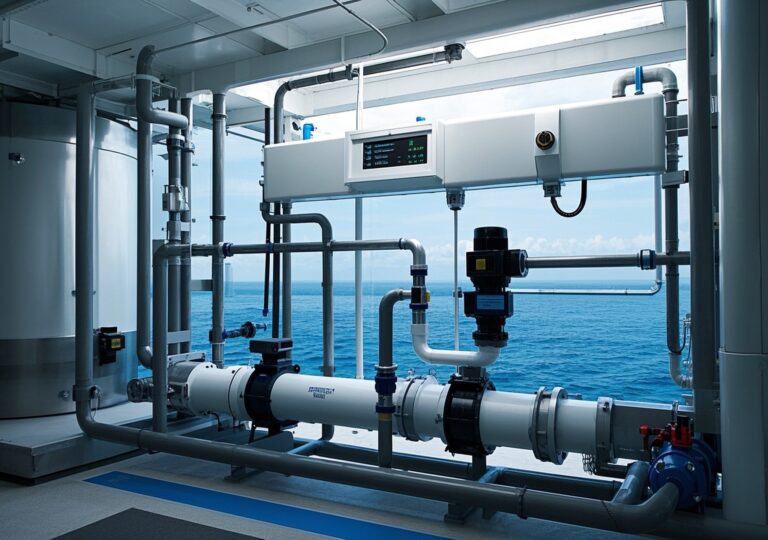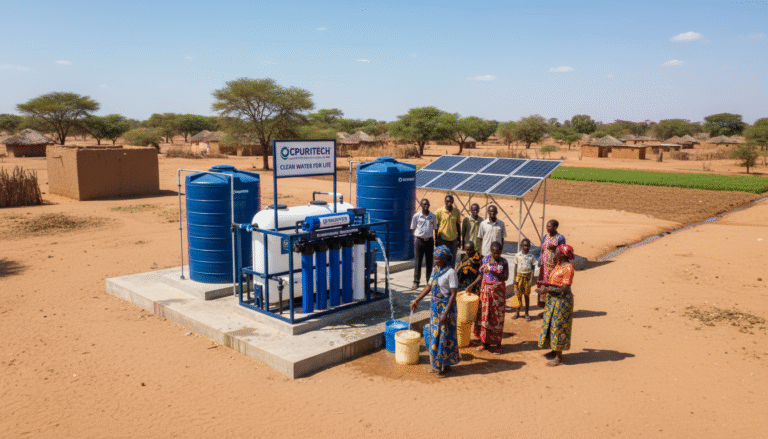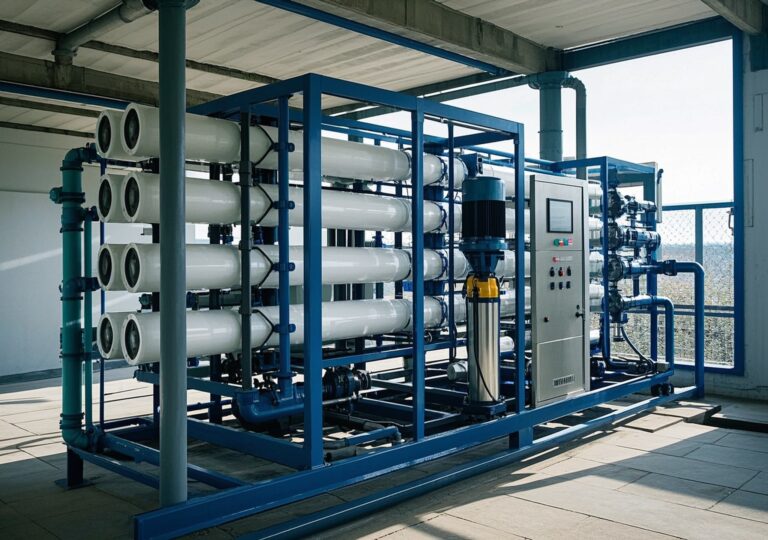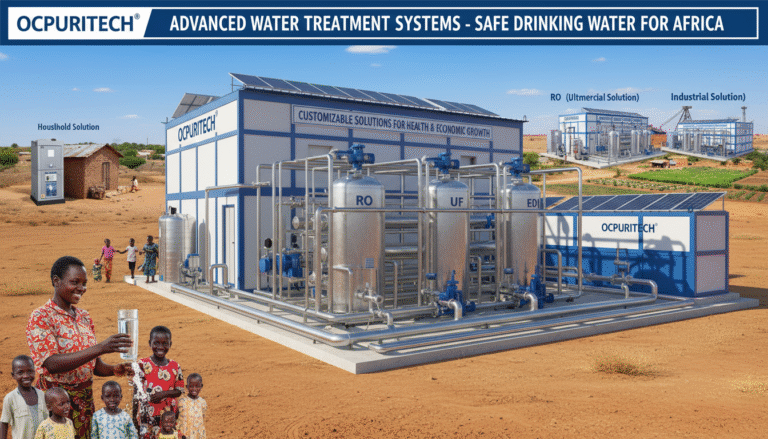Remarkable Find: ultrafiltration systems water treatment redefines norms
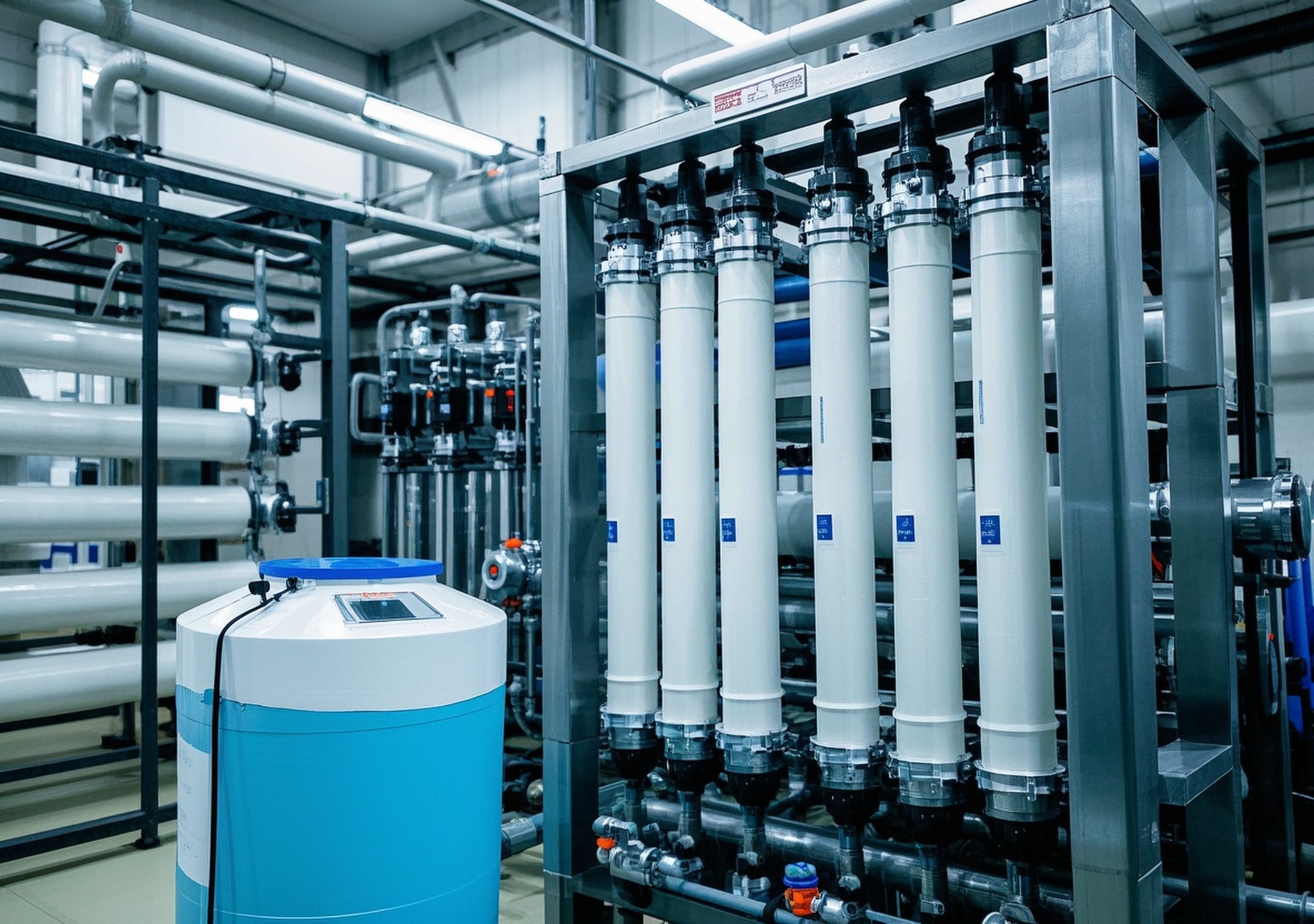
Remarkable Find: Ultrafiltration Systems Water Treatment Redefines Norms
Water treatment technologies have undergone significant evolution over the past decades, with ultrafiltration emerging as a game-changing solution. Ultrafiltration (UF) systems utilize advanced membrane filtration techniques to remove suspended solids, bacteria, viruses, and macromolecules, delivering consistently purified water that meets stringent industrial and commercial standards. In today’s diverse industrial landscape—from pharmaceuticals to food and beverage processing—UF systems have become indispensable, offering efficiency, sustainability, and reliability.
1. Introduction to Ultrafiltration Systems in Water Treatment
At its core, ultrafiltration is a pressure-driven membrane process that separates particles in the range of 0.01 to 0.1 microns. This method excels in retaining colloids, pathogens, and high molecular weight solutes, creating water of superior quality without the use of chemicals. Unlike traditional filtration, ultrafiltration balances high throughput with exceptional filtration precision, making it ideal for industrial and commercial water treatment applications.
Given increasing global demands for clean water amid urbanization and industrialization, ultrafiltration-based systems have redefined norms by offering a sustainable alternative that minimizes chemical consumption and energy usage, aligning with environmental regulations and business sustainability targets.
2. Device Overview and Performance Advantages
Modern ultrafiltration systems water treatment units feature cutting-edge membrane modules and enhanced system controls. Their processing capacities typically range from a few cubic meters per hour to hundreds, adaptable to small-scale commercial setups or large industrial plants.
| Performance Parameter | Typical Value | Competitive Advantage |
|---|---|---|
| Membrane Flux Rate | 20-50 LMH (Liters per m² per hour) | High throughput optimizes operational efficiency |
| Removal Efficiency | >99% suspended solids and bacteria | Superior water clarity and microbiological safety |
| Operating Pressure | 1-5 bar | Energy-efficient compared to reverse osmosis |
| Material | Polymeric membranes (65% market share in 2024) | Excellent chemical resistance and mechanical strength |
A key driver of ultrafiltration system performance is the polymeric membrane technology that dominates the market. These membranes provide resistance to harsh industrial chemicals and maintain integrity under varied operating conditions. Combined with system automation and real-time monitoring, these systems represent a leap in reliability and cost-effectiveness.
3. Process Flow Explanation
The typical ultrafiltration water treatment process comprises several crucial stages:
- Pre-Treatment: Removal of large debris and adjustment of feedwater quality using multimedia filters and activated carbon to protect membranes from fouling.
- High-Pressure Pumping: Pressurizes raw water into the UF membranes at optimal pressures between 1 and 5 bar.
- Ultrafiltration Membrane Filtration: Physical separation of suspended solids, bacteria, viruses, and colloidal particles through membrane selective permeability.
- Post-Treatment: Further disinfection or polishing via UV sterilizers or chemical dosing as needed.
- Wastewater Management: Concentrates retentate properly for disposal or reuse, completing a circular approach.
Below is a simplified flow diagram representing this sequence:
| Raw Water Intake | → | Pre-Treatment (Multimedia Filter + Activated Carbon) | → | High-Pressure Pump | → | Ultrafiltration Membrane Unit | → | Post-Treatment (UV/Disinfection) | → | Clean Water Outlet |
4. Detailed Components Breakdown
Multimedia Filters
These filters use layers of sand, gravel, and anthracite to trap suspended solids, reducing particulate load ahead of the membranes. Effective pre-filtration extends membrane life and reduces maintenance costs.
Activated Carbon Filters
Carbon adsorption removes chlorine, chloramines, and organic substances that may degrade the sensitive ultrafiltration membranes.
Softening Units
Prevent scale formation on membranes by removing hardness ions such as calcium and magnesium, critical for maintaining high permeate flux and system longevity.
High-Pressure Pumps
Designed for optimal energy efficiency, these pumps maintain stable flow and pressure, matching membrane module parameters to maximize filtration quality.
Membrane Modules
Hollow fiber and flat sheet membrane configurations are common. Hollow fiber modules offer compact size and ease of maintenance, whereas flat sheet membranes facilitate high surface area filtration for industrial flows.
5. Membrane Technology Features & Maintenance Advice
Membrane selection is pivotal. Polymeric ultrafiltration membranes, which hold 65% of the market share, demonstrate excellent chemical resistance vital in harsh industrial settings. These membranes can handle pH ranges from 3 to 10 and tolerate periodic chemical cleaning to mitigate fouling.
Recommended maintenance includes routine backflushing with clean water and scheduled chemical cleaning every 3-6 months, depending on feedwater quality. Monitoring transmembrane pressure and permeate flux guides cleaning intervals, avoiding irreversible fouling.
6. Post-Treatment Techniques
Post-filtration, treated water often requires enhancements to meet final use specifications:
- Mixed Bed Deionization: Removes residual ionic contaminants for ultra-pure water needs.
- Electrodeionization (EDI): Provides continuous ion removal using ion-exchange membranes combined with electrical currents.
- Ultraviolet (UV) Sterilization: Ensures inactivation of any microorganisms that might pass through ultrafiltration.
Such combined treatment trains guarantee water safety compliance in sensitive industries.
7. Industrial Application Case Studies
Food and Beverage Processing: In a food manufacturing facility I consulted, integrating a UF system reduced suspended solids by 99.5%, improving beverage clarity and shelf life. Water recycling rates improved by 40%, cutting raw water costs substantially.
Pharmaceutical Sector: At a pharmaceutical plant, UF replaced chemical coagulation pretreatment, lowering chemical consumption by 70%. Membrane integrity monitoring minimized production downtime, enhancing operational efficiency.
Textile Industry: Ultrafiltration served to recycle dye bath water, reducing effluent discharge by 60%, thus significantly lowering environmental impact and compliance costs.
8. Pricing Factors Influencing Deployment
| Factor | Description | Impact on Pricing |
|---|---|---|
| Membrane Quality & Type | Basic polymeric membranes vs. advanced fouling-resistant variants | High-performance membranes increase capital cost but decrease OPEX |
| System Customization | Tailoring for specific feed water or capacity needs | Customization elevates initial price; enhances process fit |
| Operating Expenses | Energy usage, membrane replacement frequency, cleaning chemicals | Lower energy and chemical needs reduce total cost of ownership |
| Financing & Service | Options for leasing, maintenance agreements, and support | Flexible terms can ease upfront investments |
9. Installation and After-Sales Support
Successful systems integration begins with thorough site assessment, including water quality testing and infrastructure review. Skilled installation teams calibrate pump systems and membrane arrays, followed by comprehensive operational training for end-users. Continuous post-installation support covers monitoring, routine maintenance, and system upgrades, ensuring longevity and process stability.
10. Maintenance and Troubleshooting Guidance
Routine checks include monitoring permeate flow, recovery rate, and pressure differentials. Typical issues such as membrane fouling, scaling, or mechanical failures can be preemptively addressed through scheduled cleanings and component servicing.
Establishing relationships with certified spare parts suppliers ensures quick replacement turnaround times, minimizing downtime and safeguarding production continuity.
11. Manufacturer Profiles and Market Positioning
Leading manufacturers producing these ultrafiltration units leverage globally recognized quality standards (ISO certifications), invest heavily in R&D for membrane innovations, and cultivate strategic regional partnerships—especially within Asia Pacific, the largest revenue market in 2024 driven by rapid industrial growth.
This alignment of manufacturing excellence with market needs builds significant trust and encourages adoption in new sectors seeking sustainable water solutions.
12. Conclusion and Call to Action
The evolution of ultrafiltration systems water treatment undeniably marks a new standard in efficient, sustainable water purification. Integrating advanced membrane technologies with smart controls, and backed by comprehensive support, these systems offer unmatched commercial and operational benefits.
For industries aiming to enhance water purity, reduce environmental impact, and optimize cost structures, investing in ultrafiltration technology is a strategic choice. I encourage water treatment professionals and decision-makers to explore tailored UF system options, ensuring alignment with their unique operational goals and sustainability commitments.
To further delve into system specifications or case study applications, consulting specialized water treatment experts is highly recommended for bespoke solutions.
References
The data and market insights detailed herein are drawn principally from the comprehensive report by Grand View Research, Inc.: “Ultrafiltration Market Size To Reach $3,887.9Mn By 2030; Ultrafiltration Market Size & Share | Industry Report, 2030”, 2024 data. This source provides validated analysis on ultrafiltration market trends, technology advances, and regional dynamics, ensuring authoritative grounding for this overview.

